How to Motivate Students to Exercise: Top Strategies for Teachers and Parents
Introduction
Getting students excited about exercise can feel like an uphill battle. In a world where screens and sedentary activities often dominate their attention, motivating kids to stay active requires a mix of creativity, persistence, and the right tools. Whether you're a teacher trying to inject more movement into your lessons or a parent looking to encourage physical activity at home, this article offers practical strategies to help you succeed.
Why Physical Activity Is Crucial for Students
Before diving into strategies, it’s important to understand why exercise is so vital for young minds and bodies. Regular physical activity not only strengthens muscles and bones but also boosts mental health, improves focus, and enhances academic performance. Exercise helps kids develop healthy habits that can last a lifetime, contributing to their overall well-being and happiness.
Common Barriers to Student Exercise
Many factors can discourage students from being active, including:
- Lack of Interest: If exercise feels like a chore, kids are unlikely to engage.
- Screen Time: The lure of video games and social media can be hard to resist.
- Insecurity: Some students might feel self-conscious about their abilities or appearance.
- Limited Access: Not all students have access to safe spaces for physical activity.
Understanding these barriers is the first step toward overcoming them.
Strategies to Motivate Students to Exercise
1. Make Exercise Fun with Games and Challenges
Kids love games, and incorporating physical activity into play is a great way to get them moving. Introduce simple, active games like tag, relay races, or scavenger hunts. Even better, consider incorporating Boardgains, a fitness board game that turns exercise into a fun and competitive experience. Players complete various physical challenges as they move around the board, making it an excellent tool for motivating students to exercise without them even realizing it.
2. Incorporate Physical Activity into Daily Routines
Physical activity doesn’t have to be confined to gym class or after-school sports. Teachers can incorporate movement into lessons by using "brain breaks" – short, active breaks that help students refocus. For example, a quick round of jumping jacks or a walk around the classroom can refresh their minds. At home, parents can encourage kids to walk or bike to school, do chores that involve physical labor, or have dance parties in the living room.
3. Set Achievable Goals and Celebrate Successes
Setting small, achievable fitness goals can help students feel a sense of accomplishment and keep them motivated. Whether it’s running a certain distance, mastering a new skill, or simply being active for a certain amount of time each day, goals give kids something to work toward. Make sure to celebrate their successes, no matter how small, to build their confidence and keep them engaged.
4. Be a Role Model
Kids are more likely to be active if they see the adults in their lives valuing and enjoying exercise. Teachers can lead by example, participating in activities with their students or sharing stories about their own fitness journeys. Parents can make family outings active by going for hikes, bike rides, or playing sports together. When students see you having fun being active, they’ll be more inclined to join in.
5. Create a Supportive Environment
Encouragement and positive reinforcement go a long way in motivating students to stay active. Provide praise for effort, not just results, and create an environment where all students feel comfortable participating, regardless of their skill level. This could mean offering a variety of activities to suit different interests or creating inclusive spaces where every student feels welcome. Boardgains, for example, can be a fantastic way to include everyone, as it’s a game that’s more about participation and having fun than winning.
6. Leverage Technology Wisely
While screen time can be a barrier, technology can also be a great motivator for exercise. Fitness apps, YouTube workout videos, and interactive games like Boardgains can make exercise more appealing to tech-savvy students. These tools can provide structure, track progress, and introduce students to new types of physical activity in an engaging way.
7. Connect Exercise to Student Interests
Find ways to tie physical activity to things your students already love. For example, if a student is passionate about animals, suggest nature walks where they can observe wildlife. If they’re into music, introduce them to dance or rhythm-based workouts. By connecting exercise to their interests, you make it more relevant and enjoyable.
Implementing These Strategies in the Classroom and at Home
Both teachers and parents have unique roles in motivating students to exercise. In the classroom, educators can integrate movement into lesson plans, encourage participation in school sports, or even use tools like Boardgains as a reward for good behavior or academic achievement. At home, parents can set an example, create active family traditions, and offer a variety of activities to keep things interesting.
Conclusion
Motivating students to exercise is about more than just getting them to move – it’s about helping them develop a love for physical activity that will benefit them throughout their lives. By making exercise fun, setting achievable goals, and being a positive role model, you can inspire students to embrace an active lifestyle. Tools like Boardgains can be a valuable addition to your arsenal, turning exercise into a game and showing students that being active can be a blast.
Now, it's your turn to put these strategies into action. Start small, stay consistent, and most importantly, make it fun. With a little creativity and encouragement, you can help your students find joy in movement and set them on the path to a healthier future.
FAQs
Q1: How often should students engage in physical activity?
Students should aim for at least 60 minutes of moderate to vigorous physical activity daily. This can include a mix of aerobic activities, muscle-strengthening exercises, and bone-strengthening activities.
Q2: How can I motivate students who dislike traditional sports?
If traditional sports aren’t appealing, try introducing them to alternative activities like dance, yoga, martial arts, or fitness games like Boardgains. The key is to find something they enjoy and feel comfortable doing.
Q3: What role do parents play in encouraging physical activity?
Parents play a crucial role by setting an example, creating opportunities for active play, and encouraging participation in activities that the whole family can enjoy together.
Q4: How can teachers integrate physical activity into the classroom?
Teachers can incorporate short "brain breaks," use active learning techniques, or reward students with active games like Boardgains to keep them engaged and moving throughout the day.

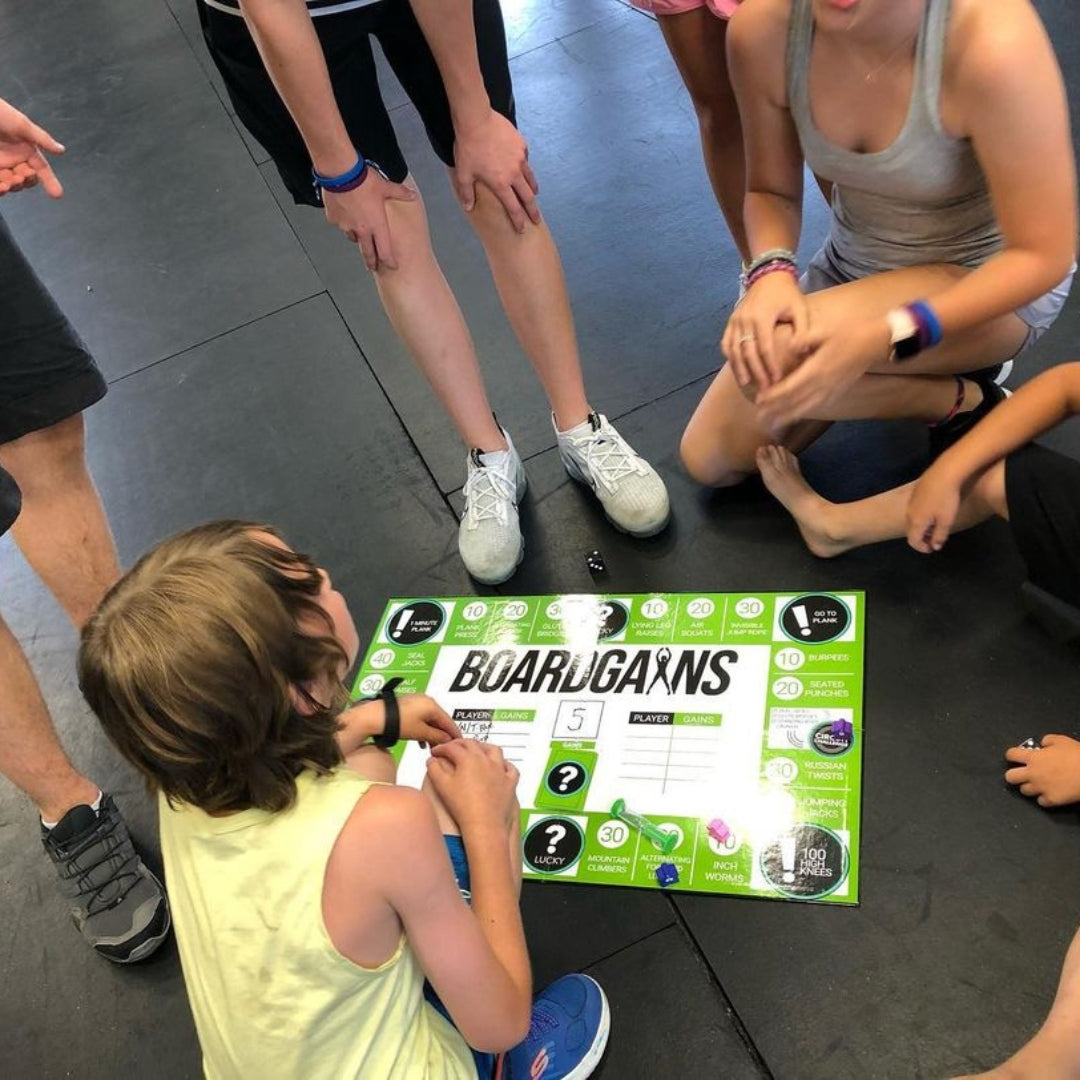
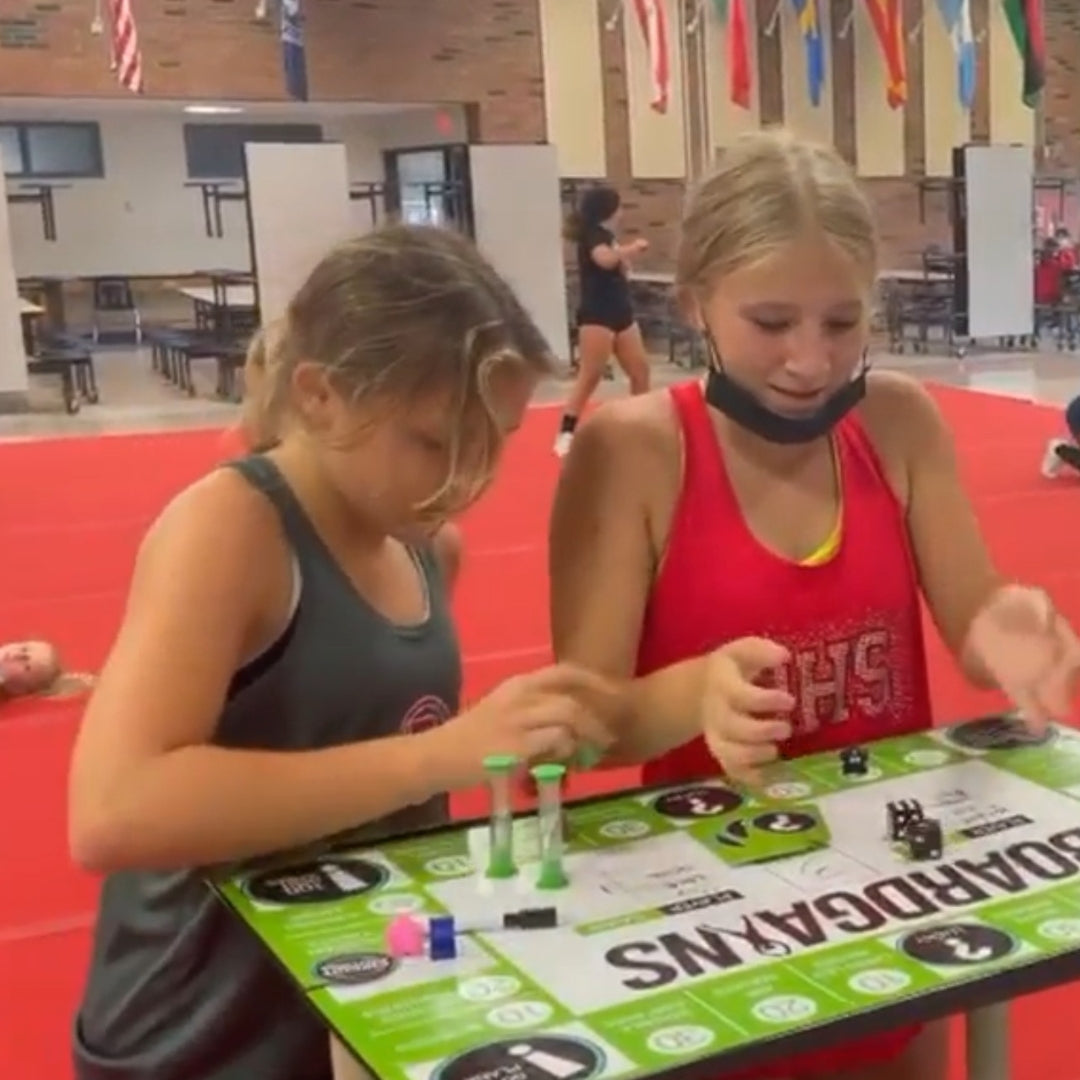
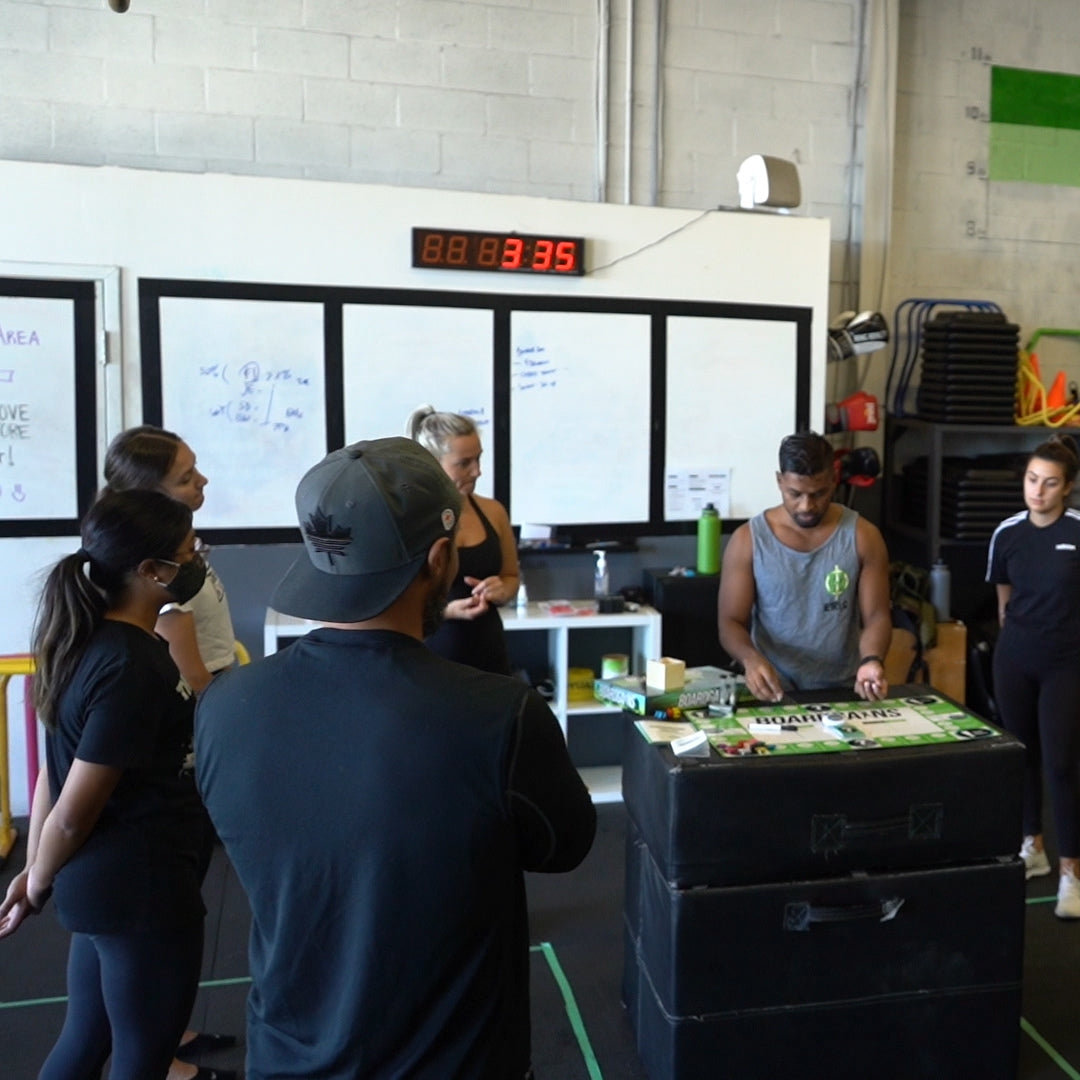
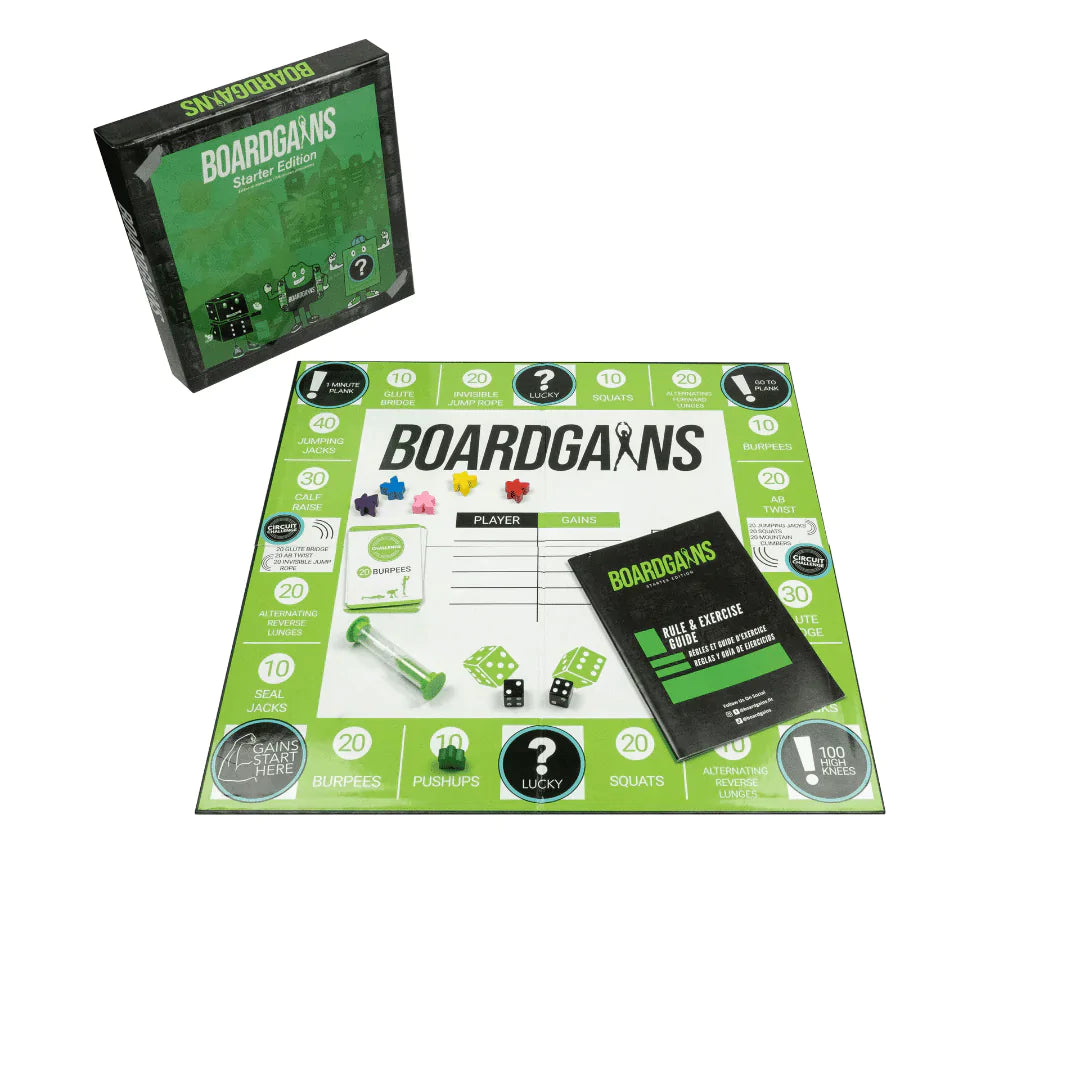
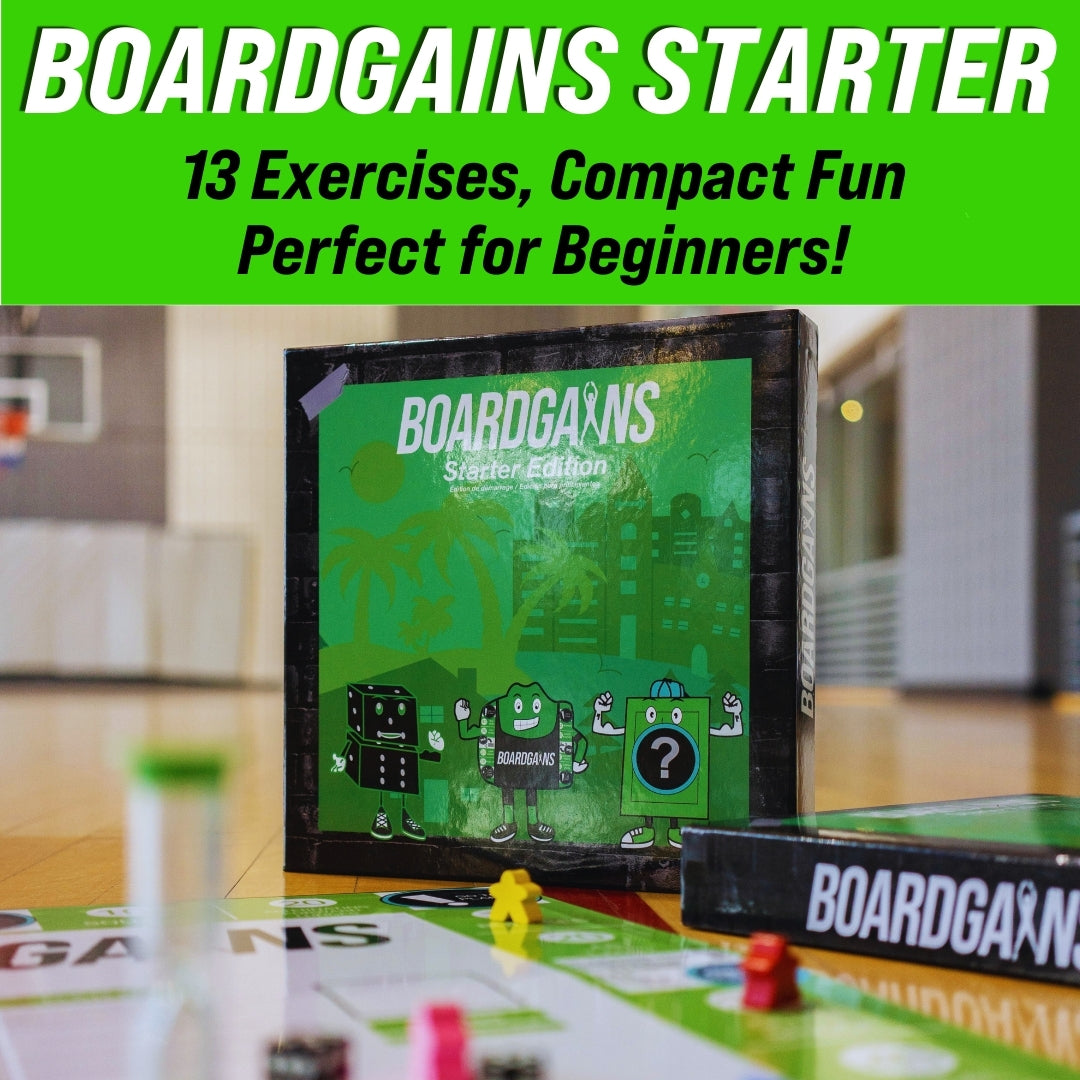
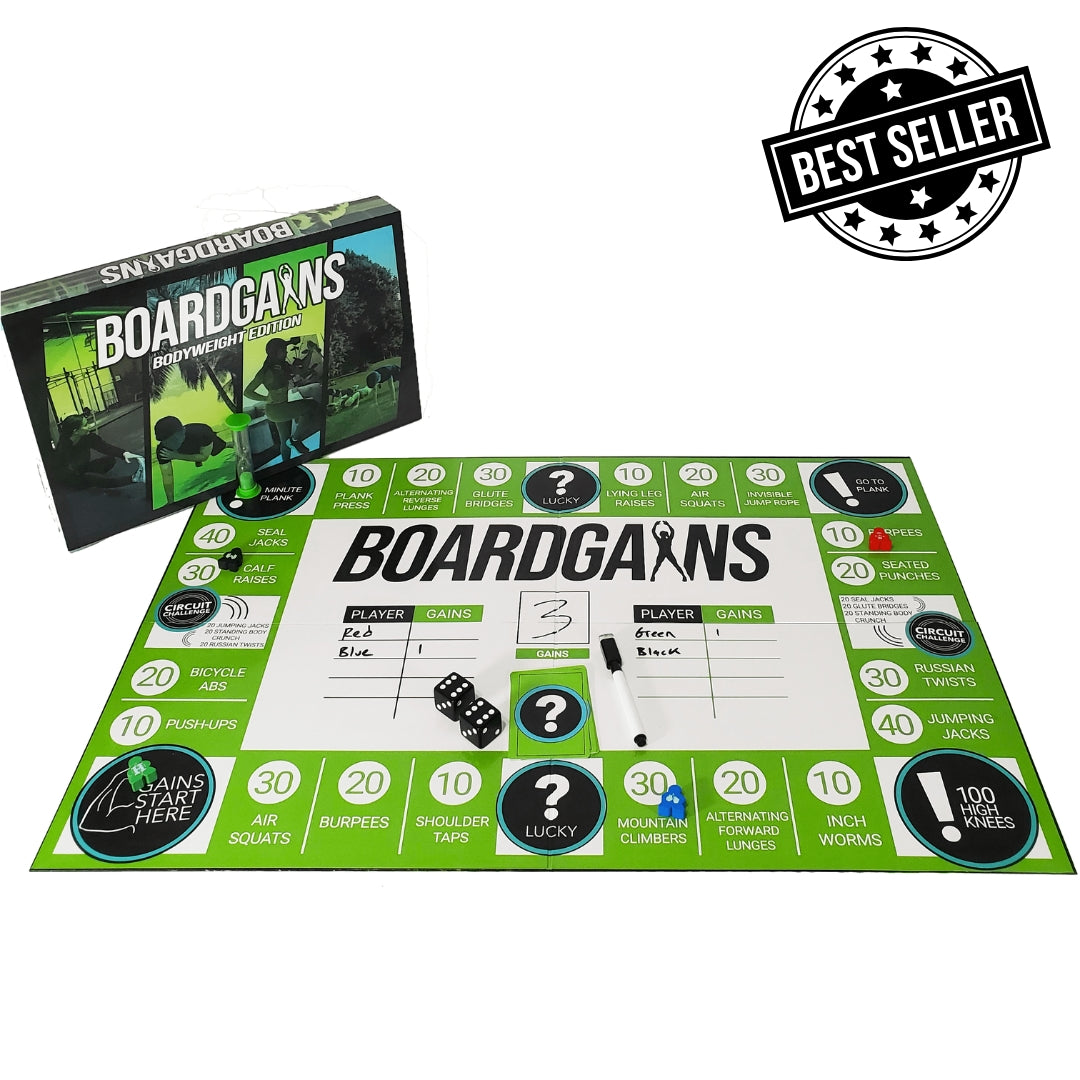

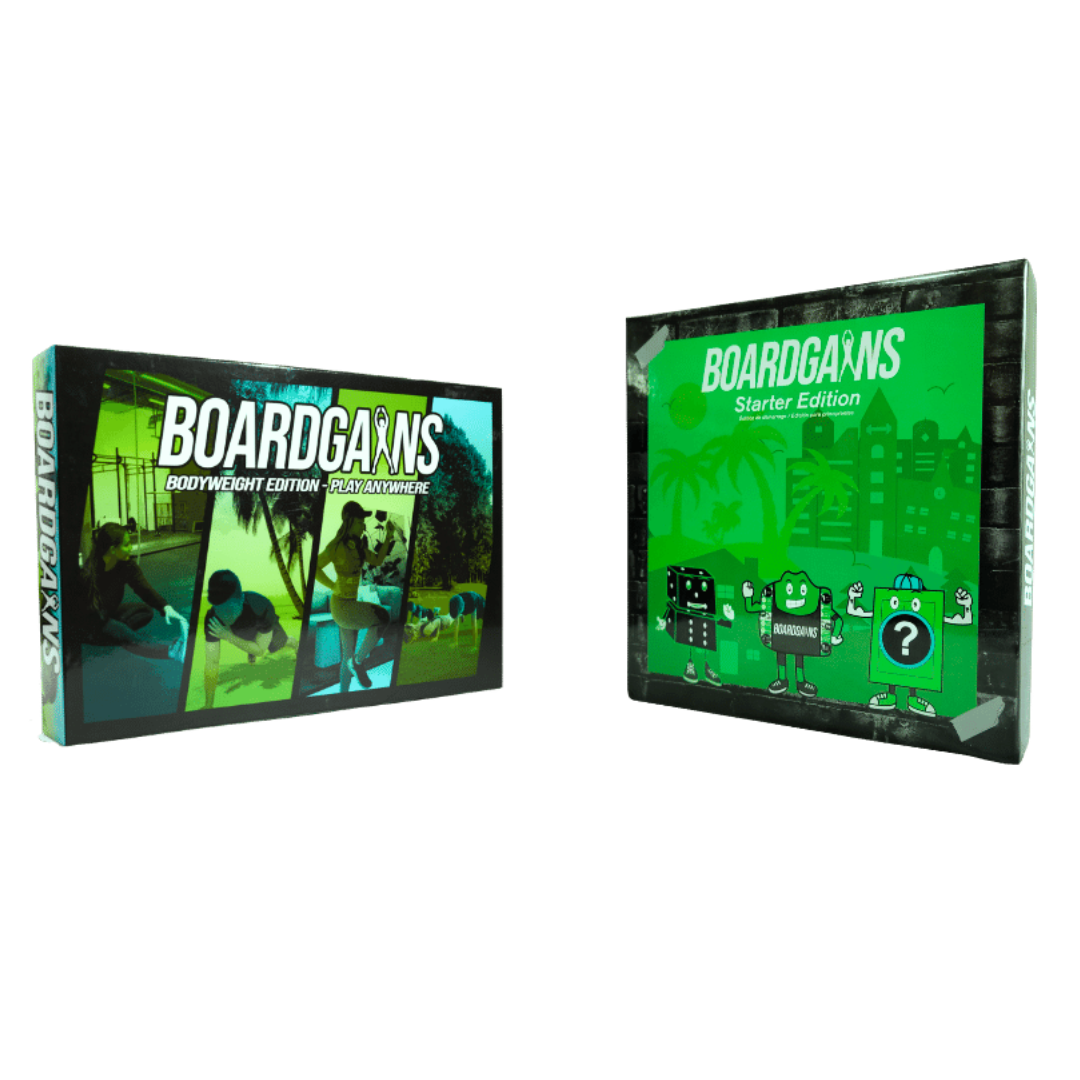

Leave a comment
This site is protected by hCaptcha and the hCaptcha Privacy Policy and Terms of Service apply.